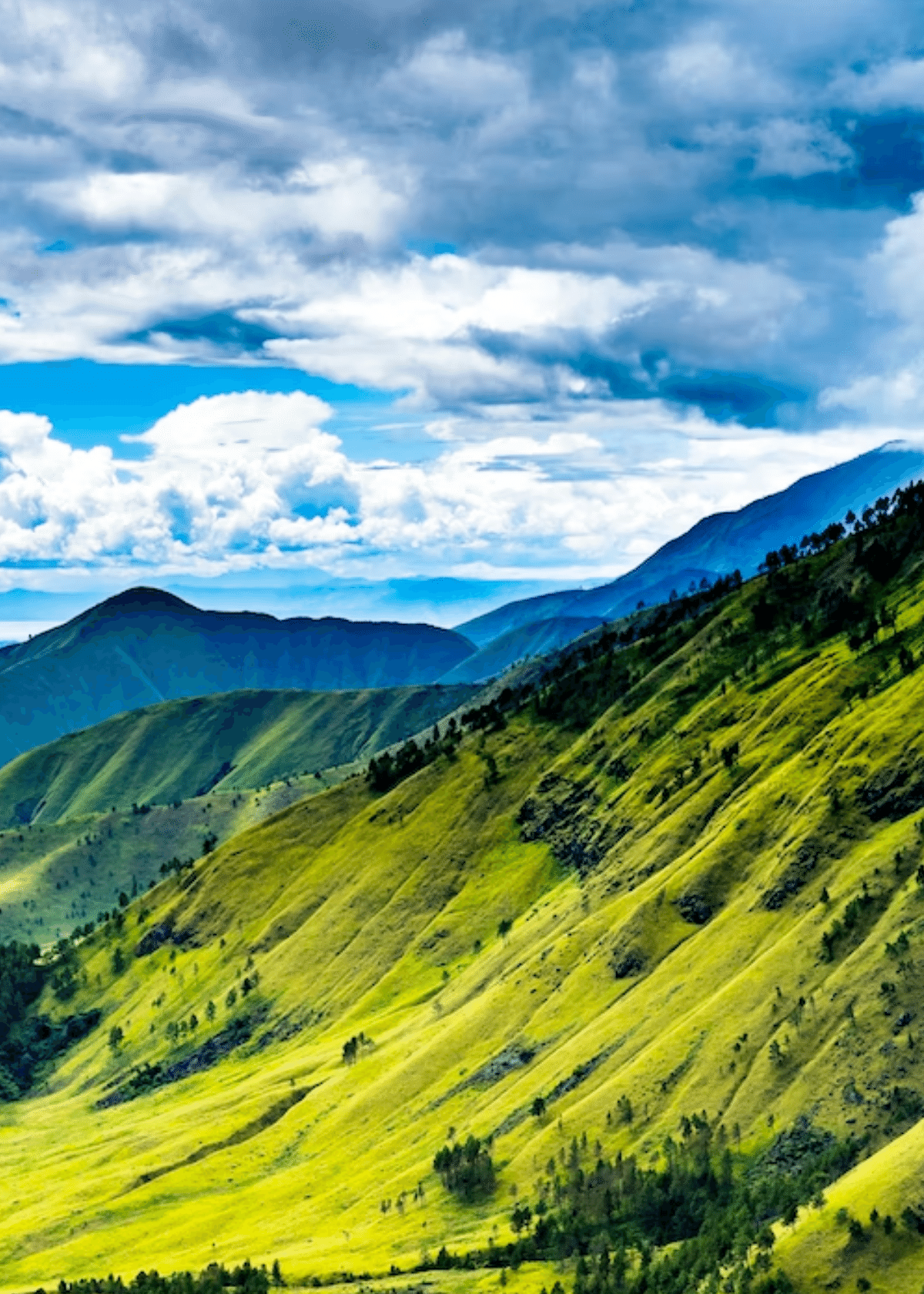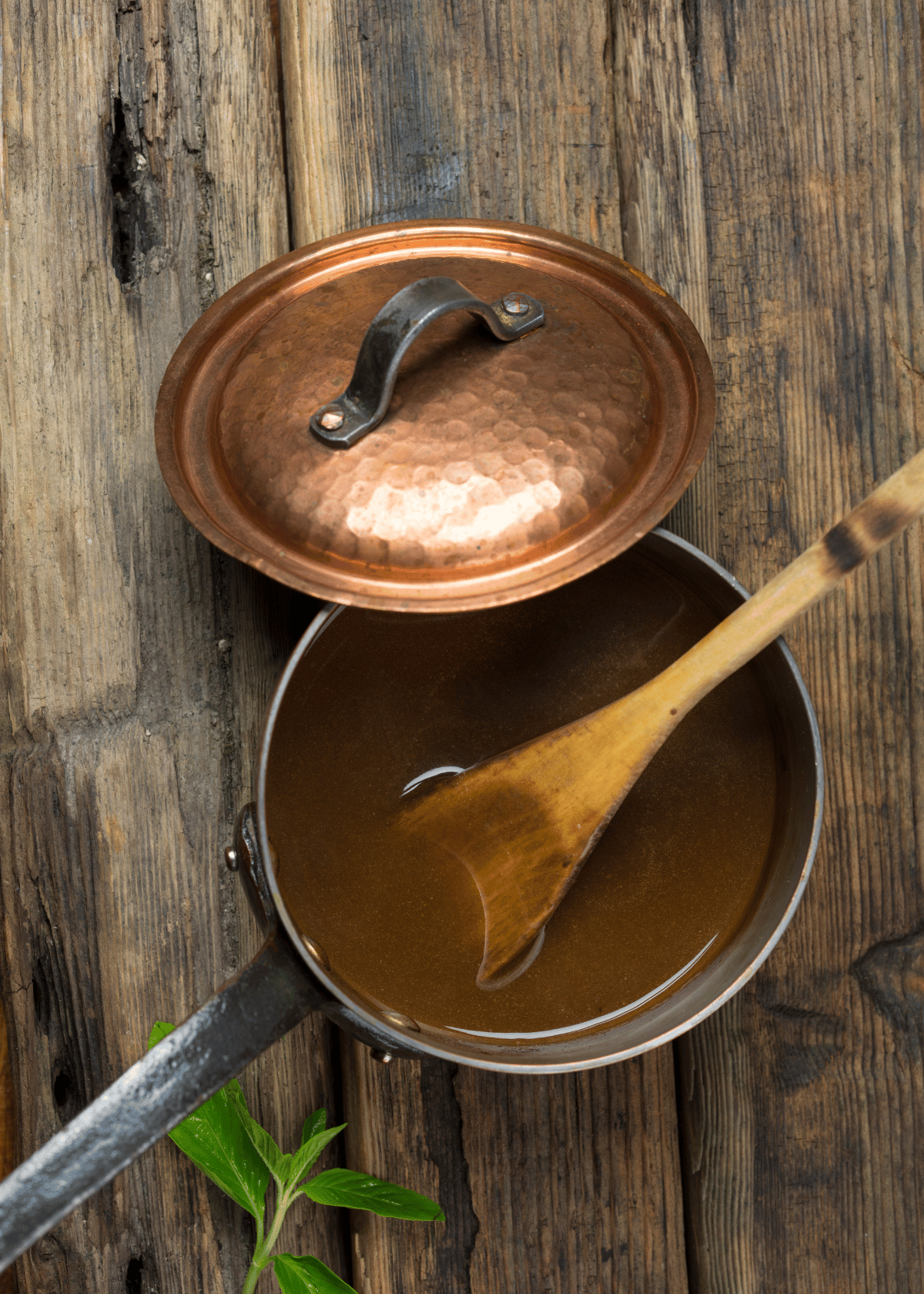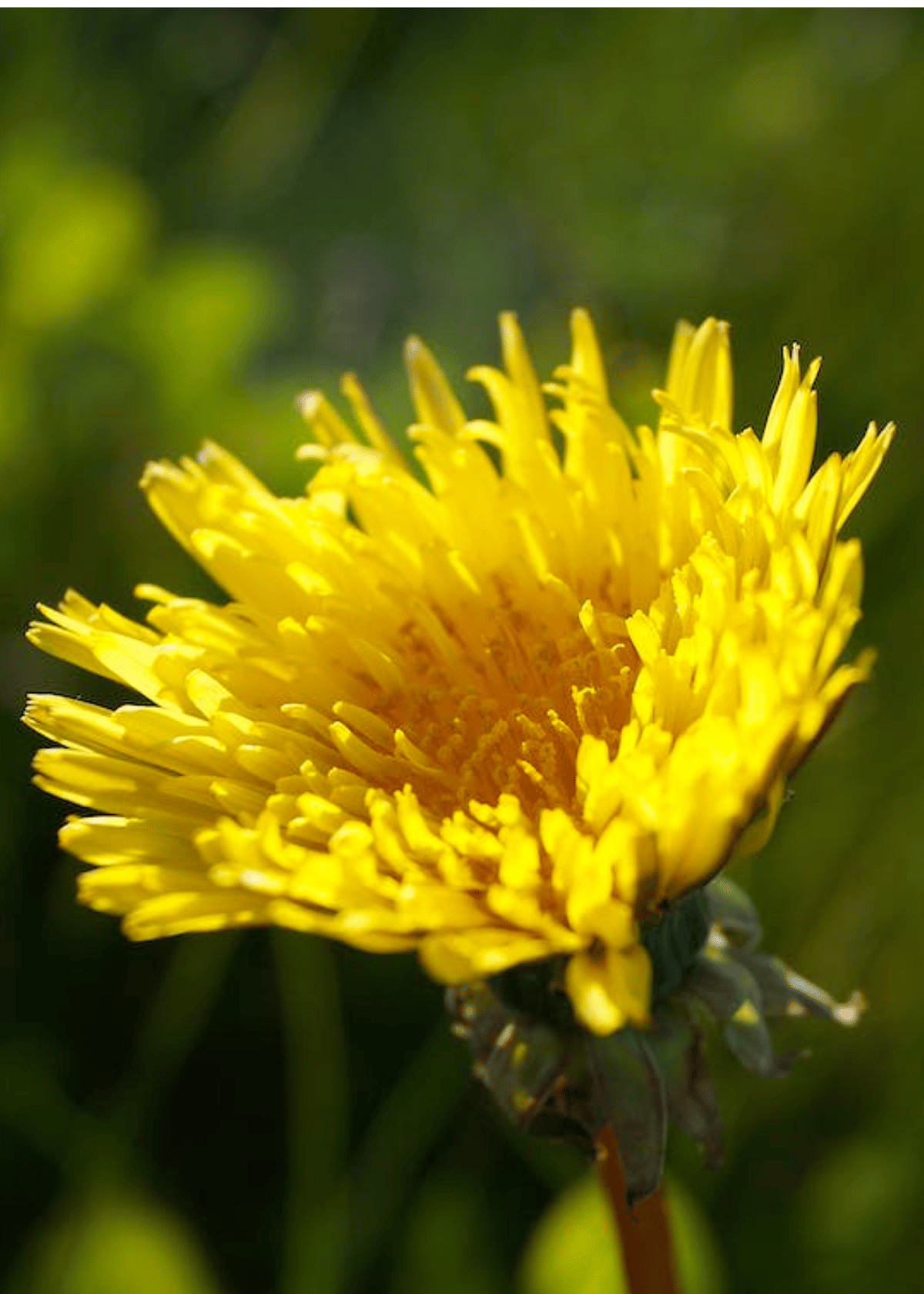If you're a coffee lover, then you've probably tried Sumatra coffee. This coffee is known for its full-bodied taste and earthy flavors. But there's more to Sumatra coffee than just its great taste. In this blog post, we'll take a closer look at the history and cultivation of Sumatra coffee. We'll also explore the unique taste that makes this coffee so popular among coffee aficionados.
A Brief History of Sumatra Coffee
Sumatra coffee is named after the island of Sumatra in Indonesia. The first coffee trees were planted on the island in the early 1800s by Dutch colonists. Since then, Sumatra coffee has been grown extensively on the island and has become one of Indonesia's biggest exports.
Cultivating Sumatra Coffee
The conditions on the island of Sumatra are ideal for growing coffee. The climate is humid and there is plenty of rainfall. The soil is also rich in nutrients, which helps the coffee trees thrive. Most of the coffee plantations on the island are located in the highlands, where the temperatures are cooler and the air is clearer.
The coffee cherries are hand-picked and then brought to processing facilities where they are hulled and sorted. The cherries are then placed on raised beds where they are dried by the sun or by mechanical dryers. Once the cherries have reached the desired moisture content, they are milled to remove the outer skin and inner parchment layer.
The beans are then graded and sorted according to size and weight. The best beans are typically sold as green beans to specialty coffee roasters around the world. The lower-quality beans are sold to commercial roasters who use them to make instant coffee or flavored coffees.
The Unique Taste of Sumatra Coffee
Sumatra coffee is known for its full-bodied taste and earthy flavors. These flavors are due to a number of factors, including the type of roast, the region where the beans were grown, and how the beans were processed.
Most Sumatra coffees are medium to dark roast coffees. This gives them a bolder flavor than lighter roasts. The coffees from Northern Sumatra tend to have more floral and fruity flavors, while those from Southern Sumatra have deeper chocolate and spice notes.
The way that the beans are processed also contributes to their flavor profile. Wet-hulled coffees usually have earthier flavors, while dry-hulled coffees tend to be more balanced with notes of chocolate and caramel.
Conclusion:
There's a lot that goes into making a great cup of Sumatra coffee. From its history and cultivation to its unique taste, there's much to learn about this popular type of coffee. Next time you enjoy a cup of Sumatra coffee, take a moment to appreciate all that went into making it possible!
Want to know what is the best organic coffee? Check out our guide here!







